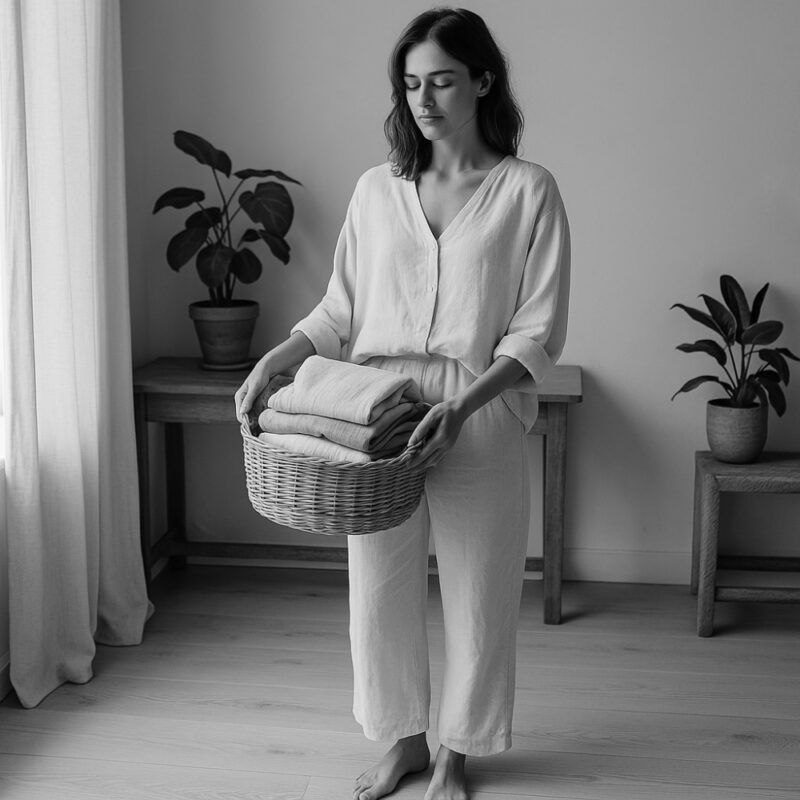-
×
 Have a Nice Day Kids T-Shirt
2 × $111.00
Have a Nice Day Kids T-Shirt
2 × $111.00 -
×
 Have a Nice Day Beanie
2 × $111.00
Have a Nice Day Beanie
2 × $111.00 -
×
 Have a Nice Day T-Shirt
2 × $111.00
Have a Nice Day T-Shirt
2 × $111.00
Why Natural Fabrics Are Making a Comeback
In today’s fast-fashion culture, where polyester reigns supreme and synthetic blends flood the market, natural fabrics are quietly making a powerful comeback. Many style-conscious individuals are rediscovering the benefits of choosing breathable, organic materials — not just for comfort, but for health, sustainability, and timeless elegance.
From cotton to linen to silk and wool, natural fabrics offer something synthetic options often cannot: a connection to the earth, a softness that wears well over time, and a freedom from irritants and toxins.
Why Natural Fabrics Feel Better on Your Skin
Unlike synthetics, which are made from petroleum-based plastics, natural fabrics are derived from plants or animals. This means they’re inherently more breathable and kinder to your skin. If you’ve ever felt itchy or sweaty in a polyester blouse, you already know the difference.
Cotton allows your skin to breathe. Linen absorbs moisture without clinging. Silk adjusts to your body temperature. These qualities make natural fabrics a go-to for those with sensitive skin or allergies, and for anyone seeking all-day comfort.
A Quiet Rebellion Against Fast Fashion
Choosing natural fabrics is more than a style preference — it’s a cultural shift. As the environmental impact of fast fashion becomes harder to ignore, conscious consumers are demanding higher-quality, longer-lasting pieces.
Natural fibers decompose faster than synthetics and often require fewer chemical treatments to manufacture. They support slower, more ethical production processes — especially when certified organic or fair trade. In this way, wearing natural fabrics becomes a statement: a choice to value quality over quantity and sustainability over convenience.
Fashion’s Return to Texture and Timelessness
From a design perspective, natural fibers age beautifully. The texture of linen softens with each wear. Wool retains warmth without bulk. Even the wrinkles in cotton or hemp tell a story — one of authenticity and lived-in beauty.
Designers are now embracing this aesthetic in their collections, favoring raw edges, undyed tones, and minimalist tailoring. The luxury is in the feel, not the flash — and natural fabrics lead the way in this quiet revolution.
Where to Start if You’re Making the Switch
You don’t need to overhaul your wardrobe overnight. Start with everyday staples: a cotton tee, a linen button-down, or a pair of hemp-blend trousers. Read garment labels before buying. Prioritize brands that clearly list their fabric compositions and sourcing practices.
Secondhand shopping is another way to find high-quality natural garments while avoiding waste. With a bit of intention, switching to natural fabrics can become a low-effort, high-impact part of your style routine.



